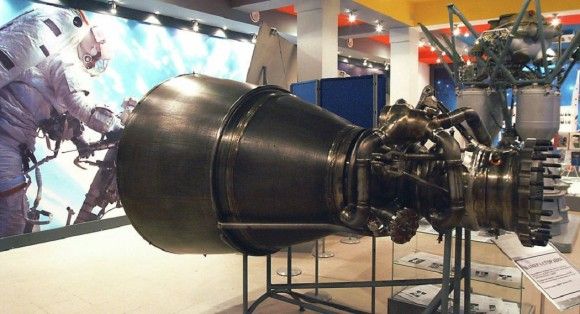Operation "Convoy"
On Monday night a Russian convoy of 280 trucks set off from Moscow. It is expected to reach the cities of Luhansk and Donetsk with food, medicine, sleeping bags, etc. Meanwhile, first photos that appeared on the Internet suggest that these trucks carry not only aid but also a radar for S-300 missile system. Despite Moscow’s claims, the said humanitarian aid initiative was not agreed neither with the Ukrainian authorities nor with the International Committee of the Red Cross. It raises concerns about true intentions of Russia, especially when it has been speculated for some time now that “humanitarian missions” might be used as a pretext for military intervention in Donbas.
Although no information was given on this matter, the Russian convoy most likely uses M4 highway leading to Rostov upon Don, which is presumably the site of the main training centre for pro-Russian separatists operating in the eastern Ukraine. The M4 crosses M21 highway (M04 on the Ukrainian side), which goes from Volgograd to Dnipropetrovsk lying in the vicinity of a frontier city of Donetsk in the Rostov Oblast. This is one of the crucial sites for the movement of Russian forces. It has got convenient road connection with Luhansk, which is controlled by the pro-Russian separatists. Thus, it is highly probable that this is where the Russian convoy will cross the border with Ukraine.
If the reports on transporting the S-300 system under the cover of a "humanitarian aid" turn out to be true, it can be assumed that it will be an enormous arms delivery to the separatists. It is debatable if it will be big enough to allow the Russian forces to launch a counteroffensive against Ukrainian positions. At present, the anti-terrorist operation led by the Ukrainian government did not succeed in seizing the key communication junction in Krasnyi Luch (more on this topic here). However, the anti-terrorist forces got hold of a number of towns on a route to this city. This means that arms trafficking to Donetsk from the Russian border may be seriously limited, if not impossible at all.
Having this in mind, the "humanitarian convoy” may, at best, only prolong the resistance of anti-governmental forces in the region of Luhansk. In the long run, this means the failure of Russian operation in the east of Ukraine. The only way to reverse the situation is by open armed intervention. That is why it may be assumed that there is a likelihood of a diversionary attack against the convoy traveling from Moscow, which would be an ideal pretext for launching a big scale military operation by the Russian government.


WIDEO: Defence24 Days 2025: Premier Defence & Security Conference in CEE